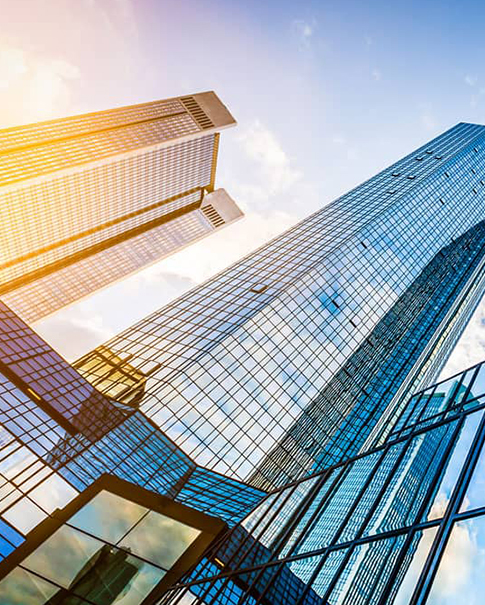With the widespread adoption of new energy vehicles (NEVs), charging stations are no longer limited to urban areas. They have now proliferated to highway service areas as well. Most highway charging stations feature DC fast chargers, with output power ranging from 25KW to 120KW, adapting to the varying charging power requirements of different NEVs.

Finding Highway Charging Stations
To locate highway charging stations, vehicle owners can use navigation apps like Amap (Gaode) or Baidu Maps. Additionally, third-party charging apps such as Chargemap, Teld, or eCharging can be useful. Users can even click on options like "Highway Charging Stations>>>" to be redirected to a comprehensive map of charging stations across the country. By selecting their specific highway segment, they can easily find the distribution of charging stations.
Fast Charging vs. Slow Charging: Which is Better?
Although fast charging significantly reduces charging time compared to slow charging, it's important to weigh the pros and cons. For instance, an electric vehicle with a range of 600 kilometers can be fully charged in about 5 hours using fast charging, whereas slow charging might take approximately 10 hours. While fast charging is indeed time-efficient, it has its drawbacks.
Fast charging uses high-power DC electricity, which can adversely affect the battery's lifespan with prolonged use. Unless there is an urgent need for quick recharging, it is generally advisable to rely more on slow charging for regular use.

Pros and Cons of Fast and Slow Charging
1. Fast Charging
Pros:
- Fast charging stations have high charging power, which allows for quick recharging and shortens charging time.
- This leads to higher turnover rates for vehicles at charging stations, thereby saving parking space.
Cons:
- The high power used in fast charging can significantly impact the battery's lifespan, accelerating internal aging and reducing safety.
- There is a risk of "false full" charges, where the battery appears fully charged but has less capacity than indicated.
2. Slow Charging
Pros:
- Slow charging uses lower current, which reduces the risk of the battery overheating during charging, enhancing safety.
- It is less likely to negatively impact the battery's lifespan compared to fast charging.
Cons:
- The lower current means that charging takes much longer, often requiring several hours to fully recharge a depleted battery.




 network supported
network supported